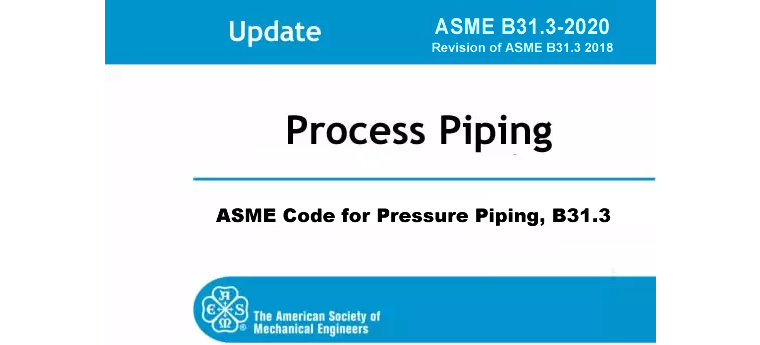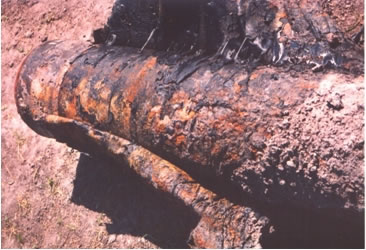Why is Velocity a Good Indicator of Pipe Stress Due to Vibration?
There are three characteristics of motion which are all related by the natural frequency of vibration for steady state harmonic vibration: displacement, velocity and acceleration. Of these, which is the best indicator for cyclic stress (or strain) which in turn is related to fatigue damage? As it turns out, it is velocity.
One may think that is should be displacement since stress is proportional to displacement, but the same displacement can result in different stresses in different piping systems. The same displacement will generally cause a higher stress in a stiffer piping system than in a more flexible piping system.
You can understand why velocity is the best indicator if you consider energy concepts. Vibration is a transfer between kinetic and potential energy. The maximum kinetic energy is at the point with maximum velocity, which is when the displacement is zero (that is also where the acceleration zero, it is switching from accelerating to decelerating). The maximum potential energy is when the displacement is maximum as the potential energy is the energy stored as a result of system displacement (that is also where acceleration is maximum).
Kinetic energy is proportional to velocity squared. Potential energy is proportional to the area under the stress strain diagram, which for a linear elastic system, is the strain times elastic modulus (which is the stress), times the strain, divided by two. So, the potential energy for a linearly elastic system is proportional to the strain squared. Since the kinetic energy must equal the potential energy, the velocity squared is proportional to the strain squared so velocity is proportional to strain and thus also proportional to stress (again, for an elastic system).
The simplest vibration screening rules use velocity as it makes the assessment relatively insensitive to the piping system layout. However, there are additional factors to consider which affect the vulnerability of a piping system with respect to fatigue failure due to vibration, such as the presence of high stress risers (an example of which is an un-reinforced stub in branch connections).
[readon2 url=”index.php?option=com_rsform&view=rsform&formId=4&Itemid=620″]Click to Request Info[/readon2]





